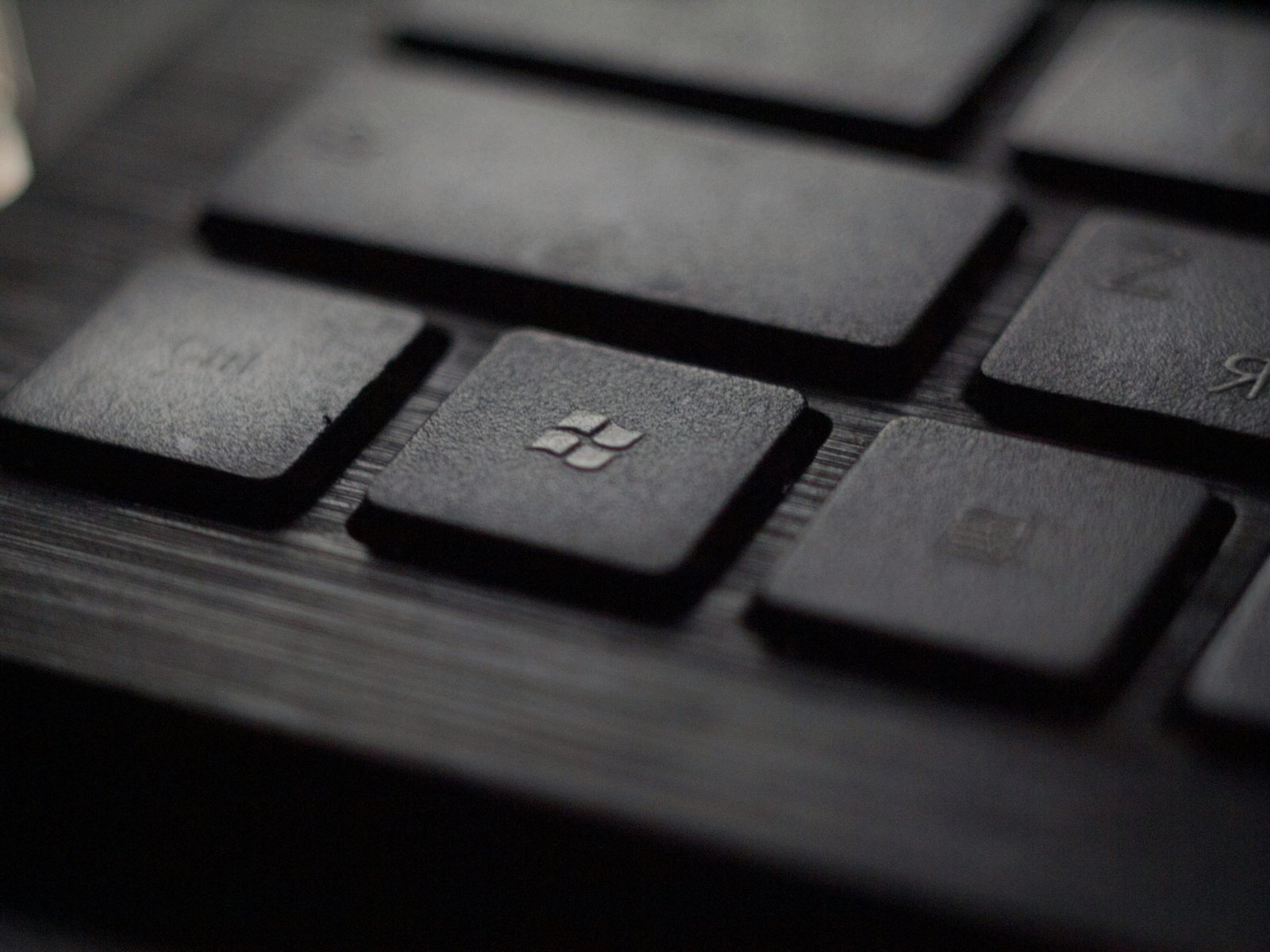Proper planning is the first step for a successful server on the Internet exchange on the Microsoft 365 migration. In this article, we will discuss how such a Microsoft 365 project. We will also mention the EDB Converter that can help smooth the transition from On-Demis to Microsoft 365.
On-Premises Exchange Server on Microsoft 365 Migration should be trouble-free for companies, administrators and technical staff for migration, as well as e-mail, calendar, sending messages and software about office. The process should ensure that all information is migrated with full data integrity.
Inventory and preparation
Evaluate all the sources on the server on the spot. These include mailboxes, distribution groups, shared mailboxes, archives and public folders. Filter out the mailboxes you want to skip from migration or convert to shared mailboxes.
Browse the licenses of the users’ needs. The following Microsoft 365 is available:
- Microsoft 365 Business Basic: 50 GB post box and 75 GB archive, 1 TB OneDrive.
- Standard business Microsoft 365: All functions of the basic plan, plus office package.
- Microsoft 365 E3 Enterprise: 100 GB mailbox with unlimited archive and office package, which can also be used via a remote desktop.
Strategy migration
Users should be informed of the project in advance and at every stage.
Make sure that the company is not disturbed when performing the limit value. Ideally, this happens at the weekend or if the company does not work. This ensures the necessary time for migration and access to the backup resources if something goes wrong. Once the date is set, inform the user and sponsors of the project.
Users’ training: It is important to have users on board and be satisfied with the features of the new system. Microsoft 365 brings several new tools that can increase productivity and offer a large number of services on mobile phones.
It is important that users have training on a new platform. Let some users try the applications near the migration date to ensure that the tools and work environments are practical in their respective work environments.
During the migration process, the administrators should trigger everything E -mail addresses,, Domans,, resourcesand DNS changes They have been completed to ensure the flow of e -mails – internal and external – via the Microsoft 365 holder. Any multifunctional devices such as scanners should be reconfigured so that their e -mails will feel and accepted via Exchange Online instance.
After migration, users on board should be updated by updated authentication methods, included on their mobile devices, and have access to support if.
After migration, exclusion of on-premiss servers and clean the Active Directory database. Check the blog post, for help with a process that covers the decoming of a single exchange server after migration.
Data migration
You can choose from the following migration methods when migrating from Exchange to Office 365:
- Cutting
- Presented migration
- Hybrid migration
Cutting It is best for small organizations with several mailboxes and the method includes the transmission of all mailboxes in Oncec. Users can continue using their mailboxes during the process, but some downtime may occur. Note that any public component cannot be migrated directly using this method.
Tea Presented migration The method is best for orders of older organizations of exchange servers (2003 and 2007). This method allows migration in Bachs, so it is more systematic than migration with restrictions. However, it is not recommended for new versions of the exchange on-premise.
Tea Hybrid migration The method is best for large organizations that require gradual migration or period of coexistence, using competitive exchange and Office 365. However, this method may be lengthy and complex and public components will require separate migration scripts.
Alternative: Third Party Migration Migration Tools
You can use EDB as Stellar Converter to cross the cloud. The application can open live or orphaned databases and export EDB data directly to Microsoft 365 or other Exchange server, automatically mapping from source to target.
Tasks after migration
After migration, consider cleaning the data on the original exchange server and exporting existing data for archiving. You may need to extract data from the backup if some information has been omitted during migration. Stellar Converter for EDB can help extract such data.
Conclusion
As you have seen, there are many technical and non -technical steps to ensure smooth Microsoft 365 migration. It is important that all participating parts are updated and on board the project. Since the Microsoft 365 offers many new improvements and tools for cooperation, migration has a value for the company. This process is complicated and requires technical expertise, but software such as the EDB stellar converter can migrate data with a fewer problems and maintain the integrity of your company’s information.
(Image source: Unsplash)

